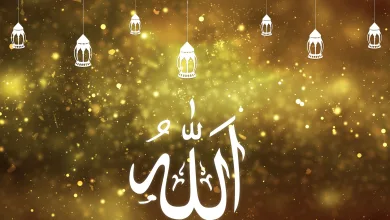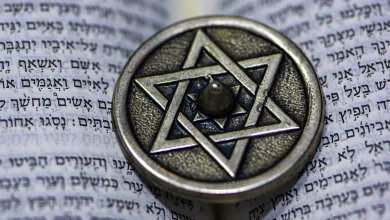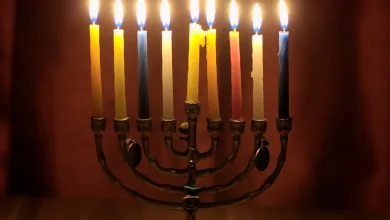Eastern Orthodox Christianity
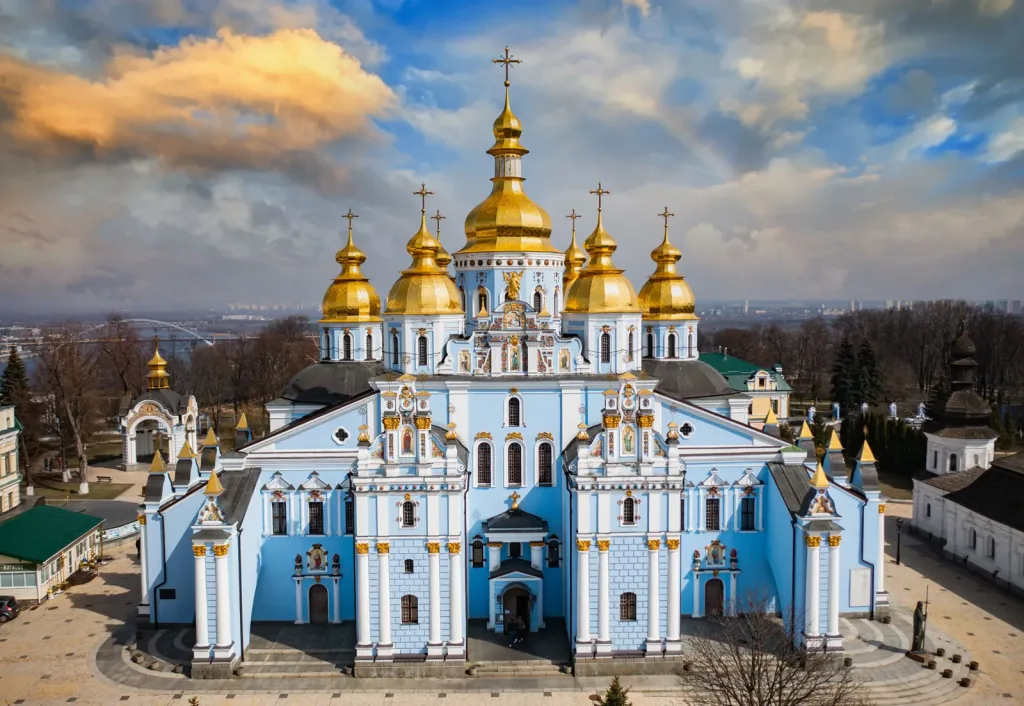
Eastern Orthodoxy, the smallest of Christianity’s three major branches and perhaps the least-known by other Christians, has its geographic roots in the Middle East, where the faith began. As it spread, Orthodox Christianity developed regional variations, although most share similar beliefs and practices. Today, it remains dominant in Greece, Russia, and Romania (among other countries) and is the most common form of Christianity in Muslim-majority countries like Egypt and Turkey.
Due to cultural and political differences, the Eastern Orthodox Church quickly developed differences with the Western form that became the Roman Catholic Church. It tended to be more contemplative; the Western church was more pragmatic. Although very much integrated into political life, especially during the Byzantine period, Eastern Christianity did not develop the Roman Church’s secular power. In fact, emperors tended to have influence over the running of the church, whereas the reverse was true in Rome.
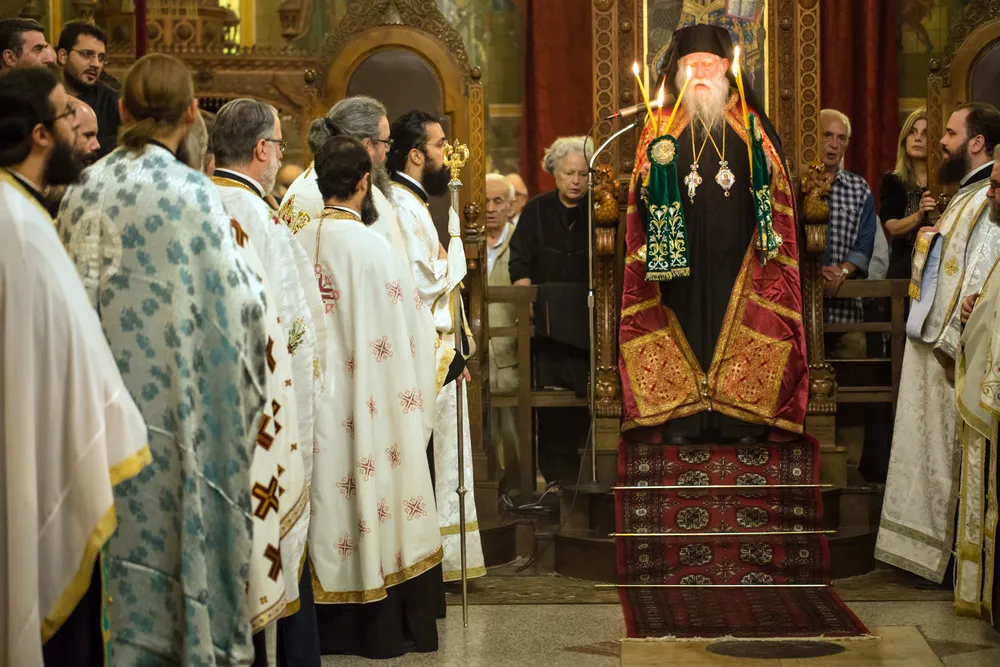
Furthermore, after the seventh century, much of the Eastern Orthodox Church came under the political domination of Muslim rulers as Islam spread westward, and this influenced its theology and practice. Although the Western church lost territory to Islam in North Africa and Spain, Charles Martel’s decisive victory at the Battle of Tours (732) kept most of Europe in Christian hands.
In chapter 3, we discussed other key historical and political factors that led to schism between the Western (Roman Catholic) and Eastern (Orthodox) branches; there were theological elements, too. Because it produced some of the early church’s most influential theologians and writers, the East resented the insistence that Rome have the final say in all matters. This unwillingness to bow to the pope’s authority was at the heart of this growing divide.
One early theological controversy had to do with understanding relationships within the Trinity. Both branches agreed that God is one being who has existed eternally as three persons, Father, Son, and Spirit. Both rejected polytheism and modalism, the heretical idea that God originally manifested himself as the Father, then became the Son, and now is the Holy Spirit.
But the Western church held that the Spirit “proceeded from both the Father and the Son,” while the Eastern branch took Jesus’ words in John’s gospel about the Father sending the Spirit to mean that he “proceeded [only] from the Father.”
More widely familiar was what has come to be called the “Iconoclastic Controversy.” The Western church used statues of Jesus, Mary, and many saints in their worship. To the Eastern church, this was idolatrous, in violation of the second commandment (to have no graven image). They developed a two-dimensional art form called the icon, a picture for use in worship and prayer.
Before the final split in 1054, the Western church insisted on celibacy for priests, while marriage was permitted in the East. The West baptized infants by sprinkling; the East baptized infants by immersion. The West began giving laypeople only bread during Communion, whereas the laity in the East continued to receive both bread and wine.
Language was important in how the two branches spread and developed. The West used Latin for worship and resisted further translation of the Bible into other tongues. The East used Greek and promoted translation of God’s Word into the vernacular. The Orthodox monk Cyril developed an alphabet for the Slavic languages that bears his name; Cyrillic orthography is used today for Russian, Polish, Czech, and Bulgarian, among other languages.
Through the missionary work of dedicated monks, Eastern Christianity spread from the Middle East into Eastern Europe and northward into Russia, as well as into what is now Iraq and Iran. By the close of the first millennium, geographic expansion slowed and eventually halted. Leading up to and into the twentieth century, Eastern European and Russian immigrants brought the Orthodox faith to Australia and North America.
Today, 270 million Eastern Orthodox members are organized into fellowships of independent churches, usually by country, including Greek Orthodox, Russian Orthodox, and the Orthodox Church in America, each with its own synod of bishops. The Ecumenical Patriarch of Constantinople is given the honor of “first among equals” and holds significant influence but does not have the power or authority that the pope has over the Roman Catholic Church.
The Eastern Orthodox Church is also officially known as the Orthodox Catholic Church. Similar to but separate from the Eastern Orthodox Church is the Oriental Orthodox Church (though oriental means “eastern”), which includes the Egyptian Coptic Church, the Ethiopian Orthodox Church, and several smaller groups. These differ from Eastern Orthodoxy in that they accept only the first three of seven ecumenical councils that Eastern Orthodoxy considers to be the definitive interpretation of Scripture for belief and practice.
The Oriental Orthodox churches are of ancient origin. The Coptic Church traces its beginnings to Mark the Evangelist, while the Ethiopian Orthodox Church traces to the return of the eunuch who encountered Philip, in Acts 8. These churches refused the conclusions of the Council of Chalcedon (451) and broke away prior to the East-West split (1054). Note: The Orthodox Church of Alexandria, in Egypt, is part of Eastern (not Oriental) Orthodoxy.
An Extra Minute
How does the name Orthodox differ from the term orthodox? The term comes from two Greek words literally rendered right belief. So the term orthodox means believing in line with accepted Christian teaching (as opposed to heresy, wrong belief). Any right-believing Christian is orthodox. The Eastern Church adopted the word into their name in the conviction that their belief was correct.
Morgan, G.R. (2012) Understanding World Religions in 15 Minutes a Day. Minneapolis, MN: Bethany House Publishers, pp. 30–33.

